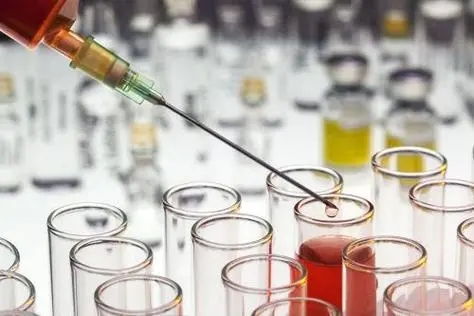Phospholipid analysis in biological fluids
Time:2024-01-25
Phospholipid analysis in biological fluids is a critical aspect of lipidomics, the study of the complete set of lipids within a biological system.Phospholipids are essential components of cell membranes and play crucial roles in various physiological processes.Analyzing phospholipids in biological fluids provides insights into lipid metabolism, cellular function, and potential biomarkers for various diseases.
Mass Spectrometry (MS) spectrometry is a powerful technique for phospholipid analysis due to its high sensitivity and ability to provide detailed structural information.Various MS-based methods, such as liquid chromatography-mass spectrometry (LC-MS) and shotgun lipidomics, are commonly used for phospholipid profiling.
Thin-Layer Chromatography (TLC) is a classical method for separating and visualizing phospholipids.After separation, phospholipids can be identified by various staining techniques or scraped from the TLC plate for further analysis.
Gas Chromatography (GC) can be used for the analysis of phospholipid fatty acid composition after derivatization.This method is particularly useful for studying the acyl chain composition of phospholipids.
Nuclear Magnetic Resonance (NMR) Spectroscopy can provide information on the composition and structure of phospholipids. It is particularly valuable for studying phospholipids in intact biological fluids without extensive sample preparation.
Liquid Chromatography (LC) techniques, such as normal-phase and reverse-phase chromatography, are widely employed for the separation of phospholipids prior to detection by mass spectrometry or other detectors.
Enzyme-linked immunosorbent assays (ELISA) and other immunoassays can be used to quantify specific phospholipids or assess changes in their levels in biological fluids.
High-Performance Liquid Chromatography (HPLC) is commonly used for the separation of phospholipids before detection.Various detectors, including UV, fluorescence, or mass spectrometry, can be coupled with HPLC for phospholipid analysis.
Shotgun Lipidomics MS-based approach involves direct infusion of lipid extracts into a mass spectrometer, allowing for rapid and comprehensive profiling of phospholipids in biological samples.
Liquid Chromatography-Tandem Mass Spectrometry (LC-MS/MS) combines the separation capability of liquid chromatography with the specificity and sensitivity of tandem mass spectrometry, making it a powerful tool for phospholipid identification and quantification.
Biotinylation Assays assays involve labeling phospholipids with biotin and then detecting them using streptavidin-based methods.They are often used for quantifying specific phospholipids in complex mixtures.
The choice of method depends on the specific research questions, the complexity of the biological sample, and the required level of detail in the phospholipid analysis. Combining multiple techniques is often employed to obtain a comprehensive understanding of phospholipid composition in biological fluids.


 CN
CN





